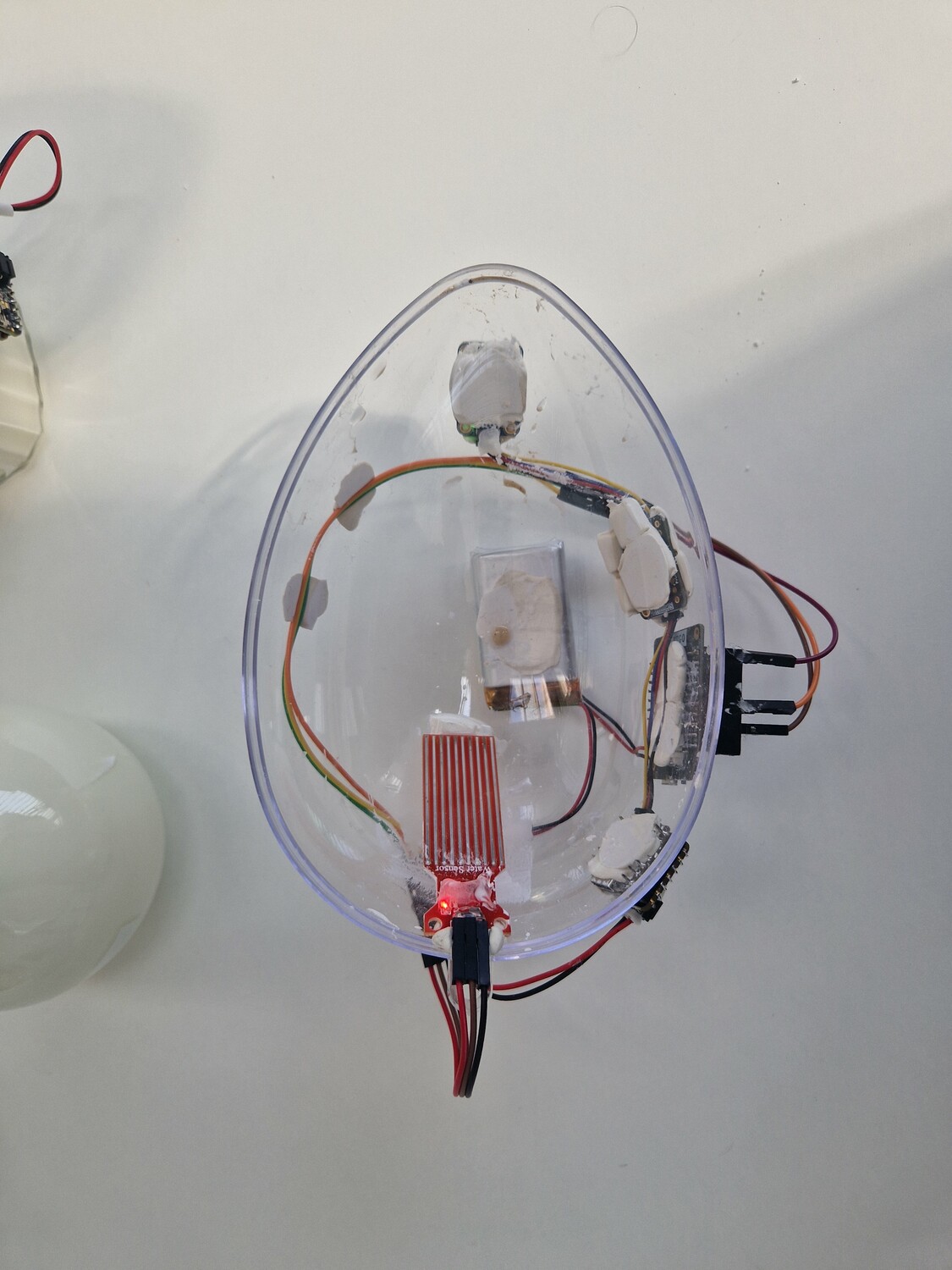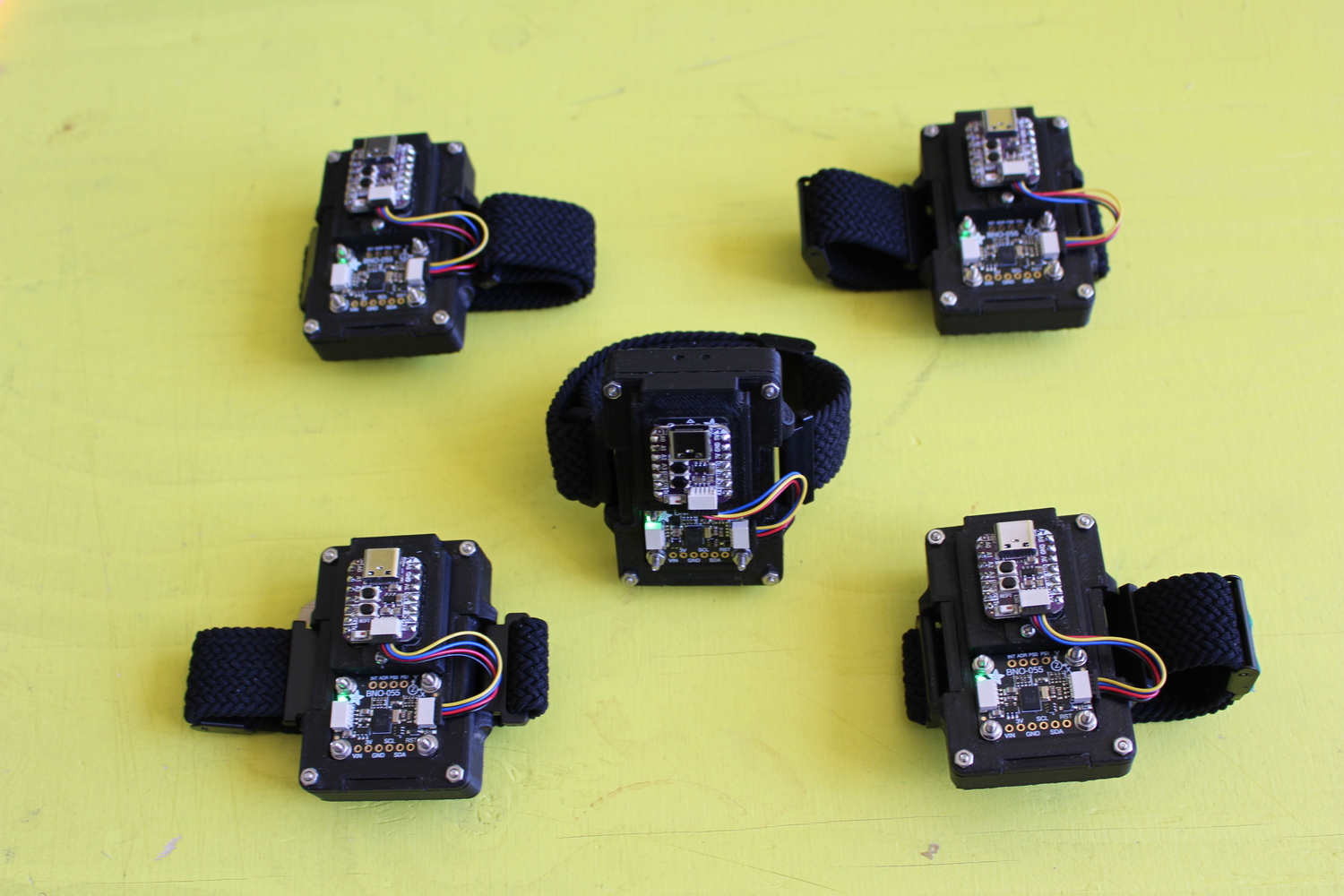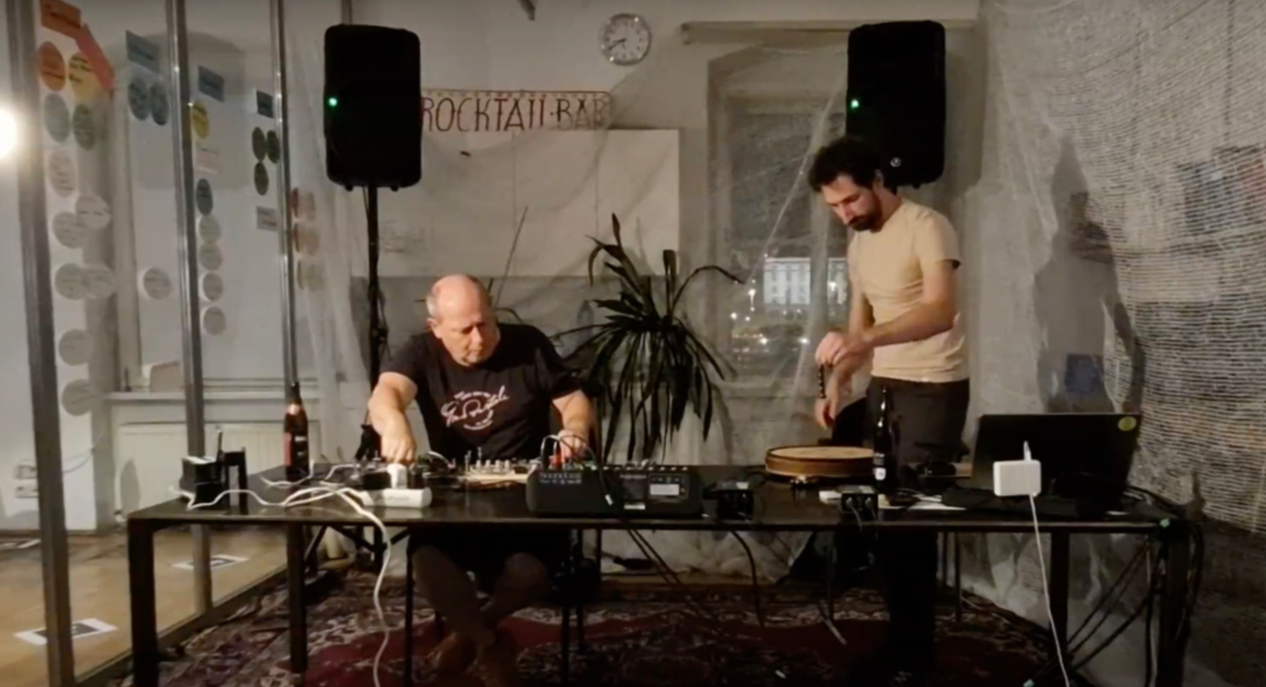Mouja+
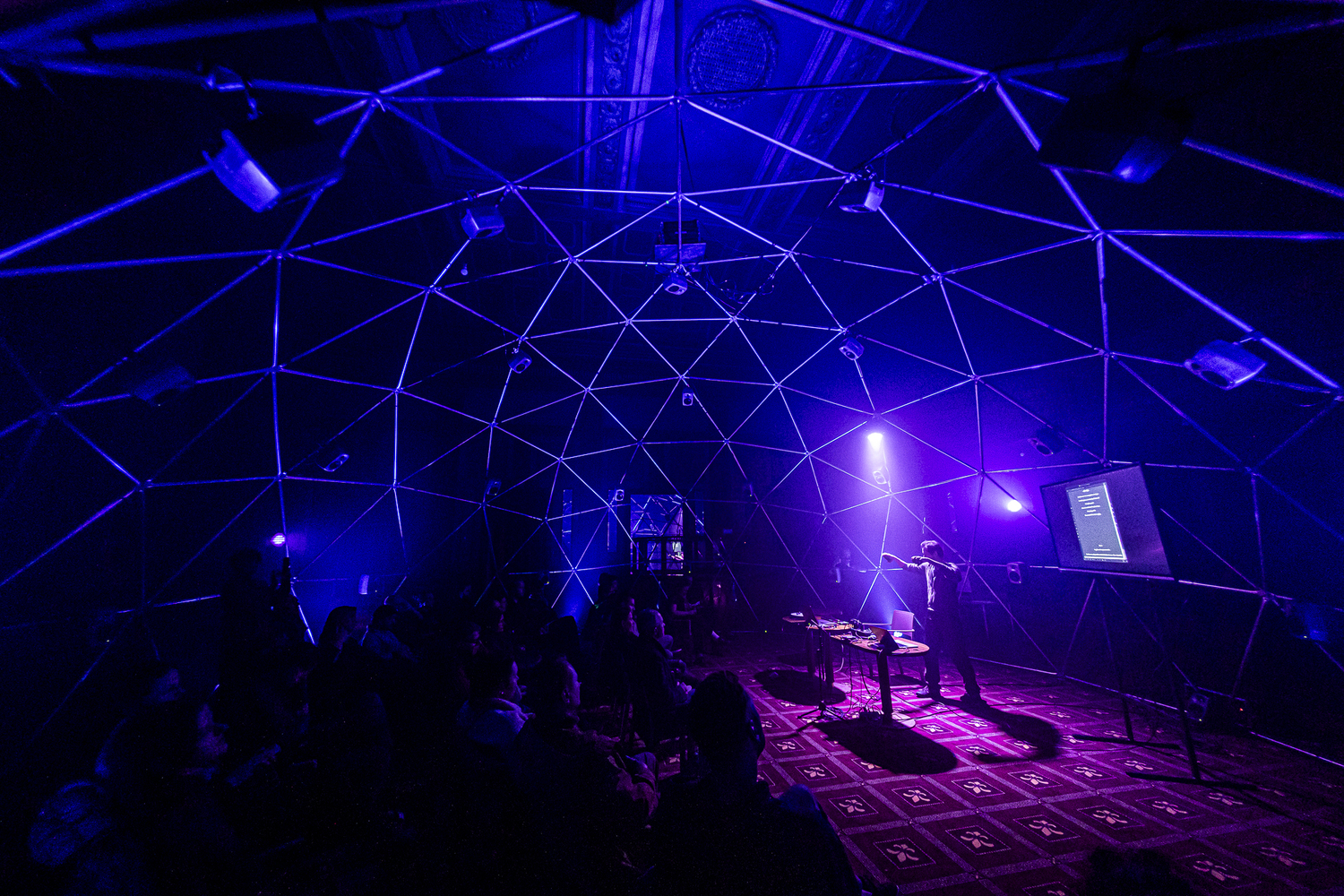
SWRL festival, 2024
Riga (LV)
This performance combines real-time neural audio synthesis using my AI instruments Thales and Stacco, with a text-to-audio model (Stable Audio), live generating musical textures from prompts based on scores by Fluxus.
Magnetologues
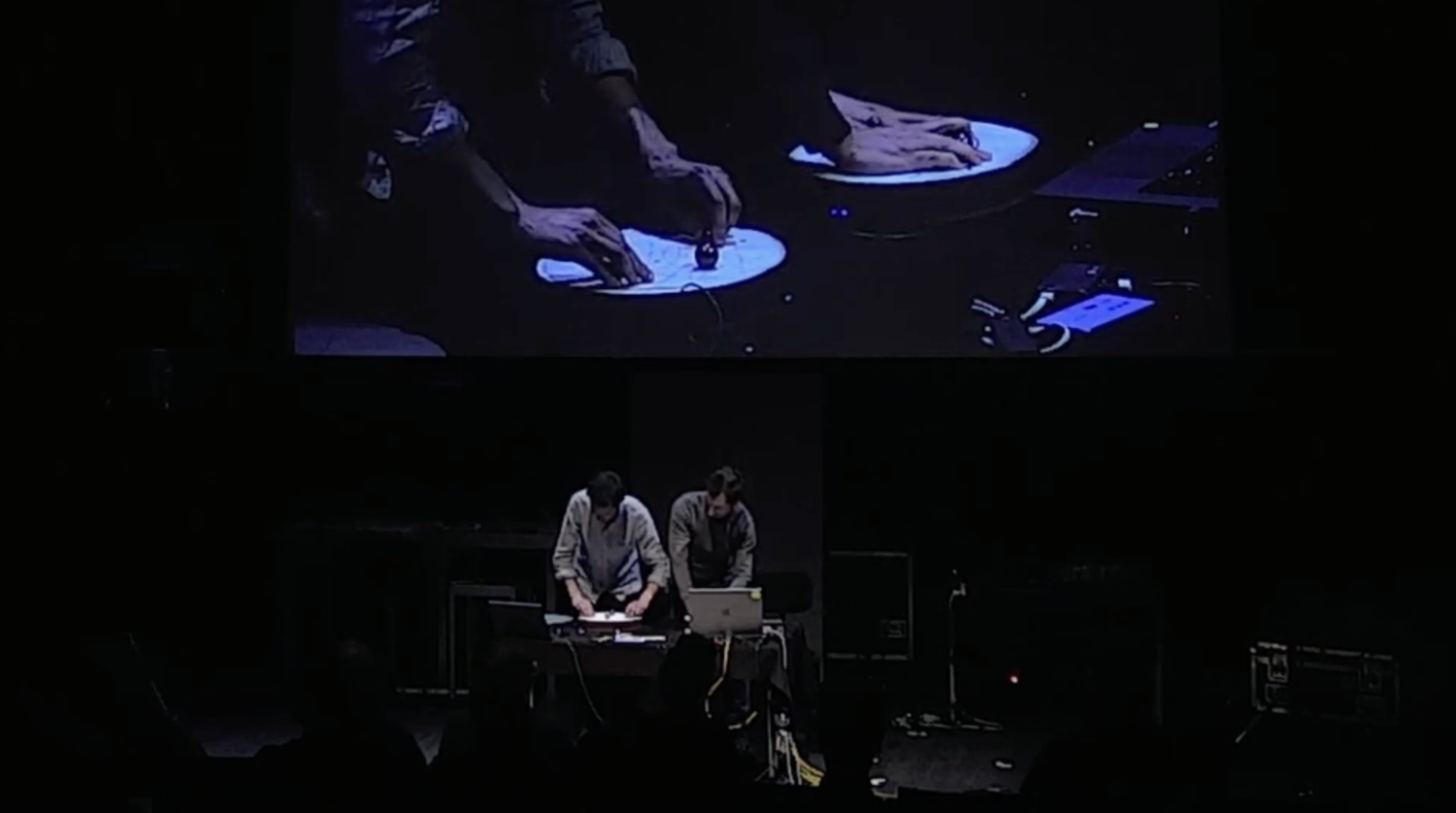
With Giacomo Lepri
Presented at TENOR Conference 2024
ZhdK
Zurich (CH)
In this performance for two Staccos, we explore some of the scores developed by participants in the workshop we held at Tenor Conference 2024. One device operates a neural audio engine with four AI models, and the other controls the position of as many sound sources in space via Ambisonics, using the 24-channels system available at ZhdK.
Mouja
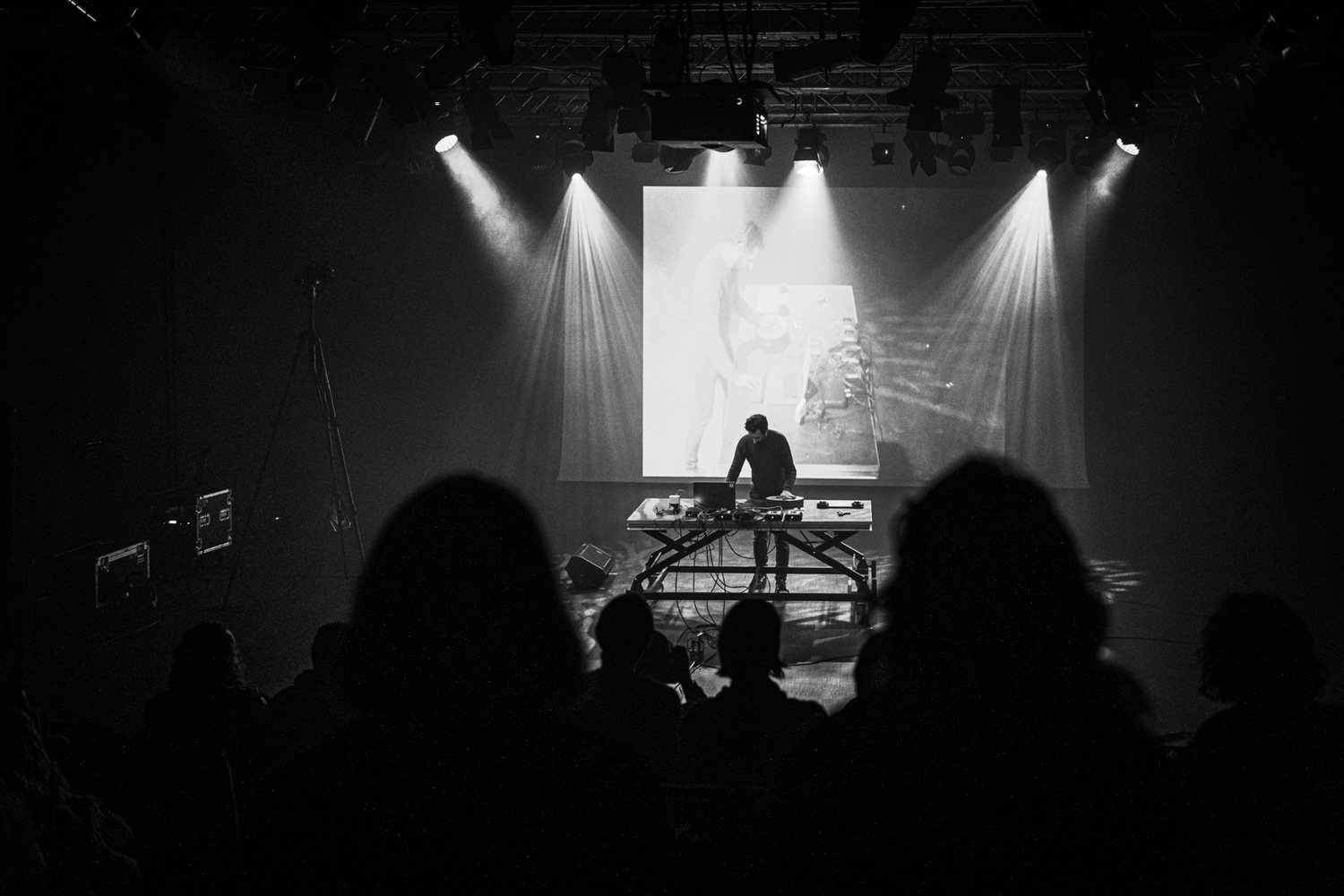
Fabrika Sztuki, 2023
Lodz (PL)
Mouja is a performance focusing on odd physical and temporal causalities, a playful game of AI-based sonic reconfigurations where the presence-absence of the dataset‘s sonic spectres is materialised through the unpredictable interactions of the instruments‘ magnetic forces.
Everyday Objects of Musical Improvisation
Humboldt Forum 2024
Berlin (DE)
Project partners: • Federico Visi – Universität der Künste Berlin & Einstein Center Digital Future
Robert Laidlow – Jesus College, University of Oxford
Nicola Privato – Intelligent Instruments Lab, University of Iceland
Rebecca Lenton and Theo Nabicht at Ensemble KNM Berlin
With support from Berit Greinke and the Wearable Computing Group at Universität der Künste Berlin
In this collaborative project between UdK Berlin and Oxford University, we are looking at the act of pouring liquids into vessels and its underlying expressivity.
Stacco
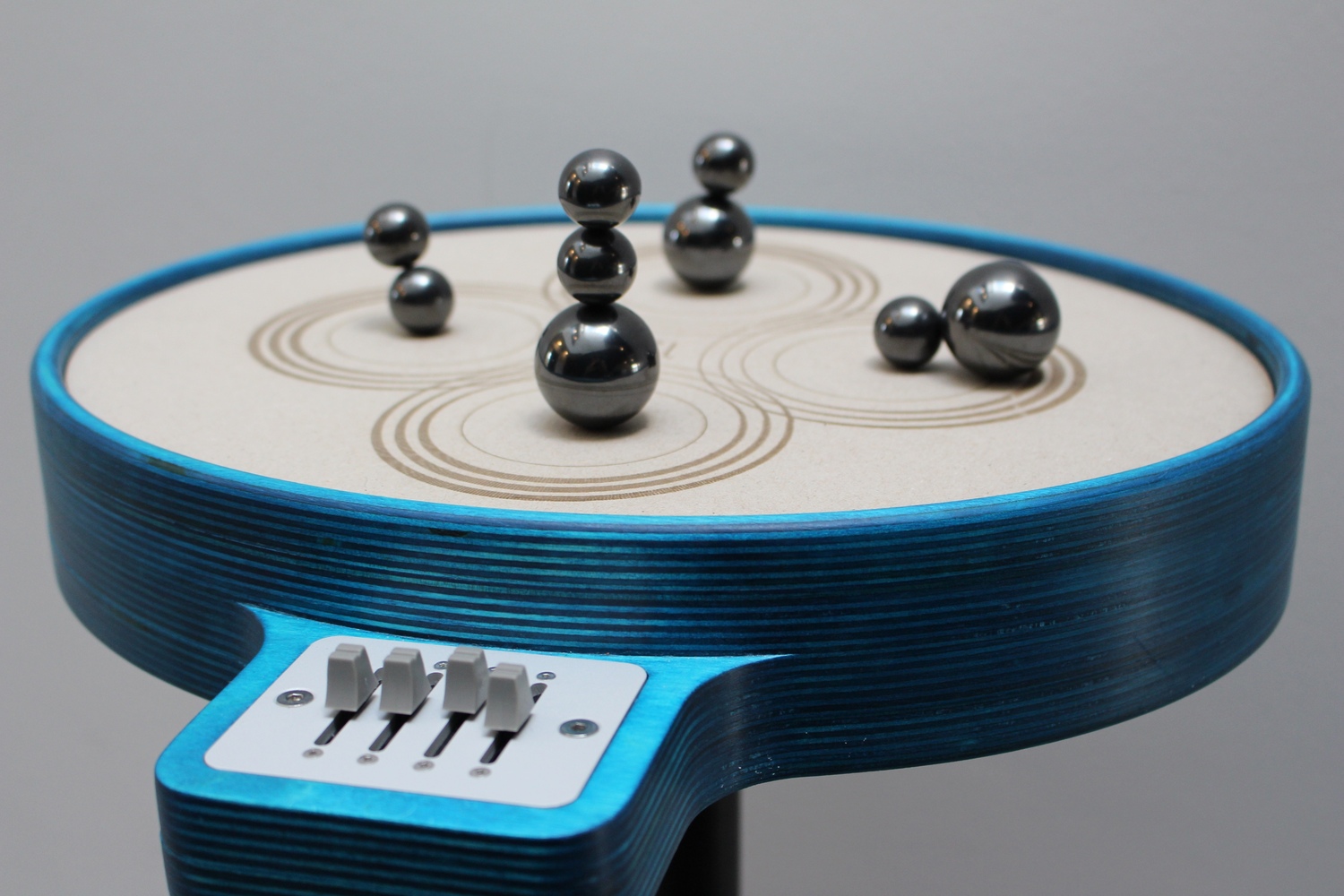
2023 - Ongoing
Presented at TENOR 2024 and NIME 2024.
Zurich (CH)
Stacco is an AI musical instrument. It attracts and repels magnetic spheres and ferromagnetic objects, allowing both to control fine musical details and to wander freely into unexpected ferromegnetic sonic realms.
Thales
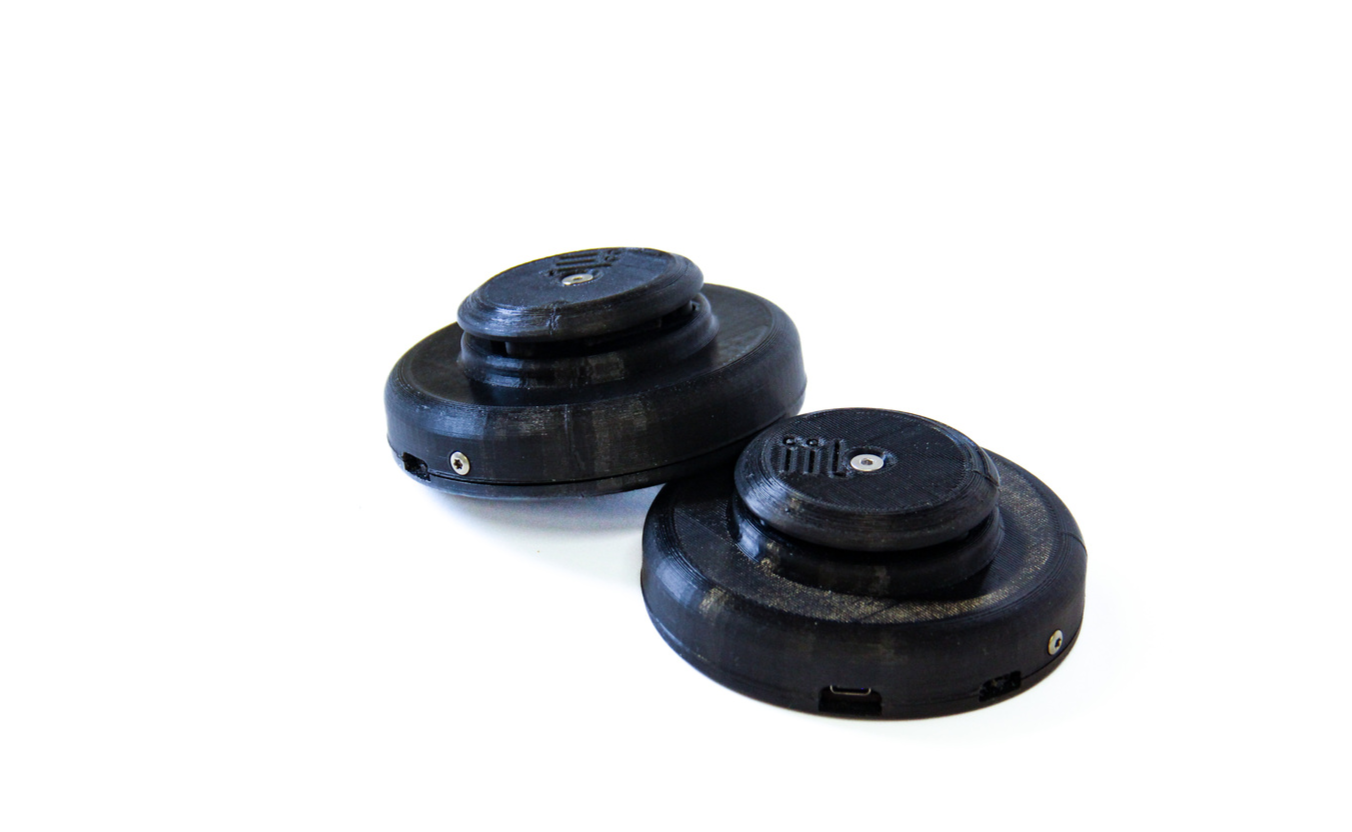
2024 Guthman Competition
Georgia Tech
Atlanta (US)
Thales is a composed instrument based on two controllers that repel each other through permanent magnets. performers join the controllers together to play with the tangible manifestation of their opposing magnetic fields.
Each controller contains a riser, held in position by the player's palm. When a magnetic field is encountered, the riser activates and pushes on the palm; by releasing the palm's pressure, it is possible to finely control selected parameters.
Studies on AI and Space
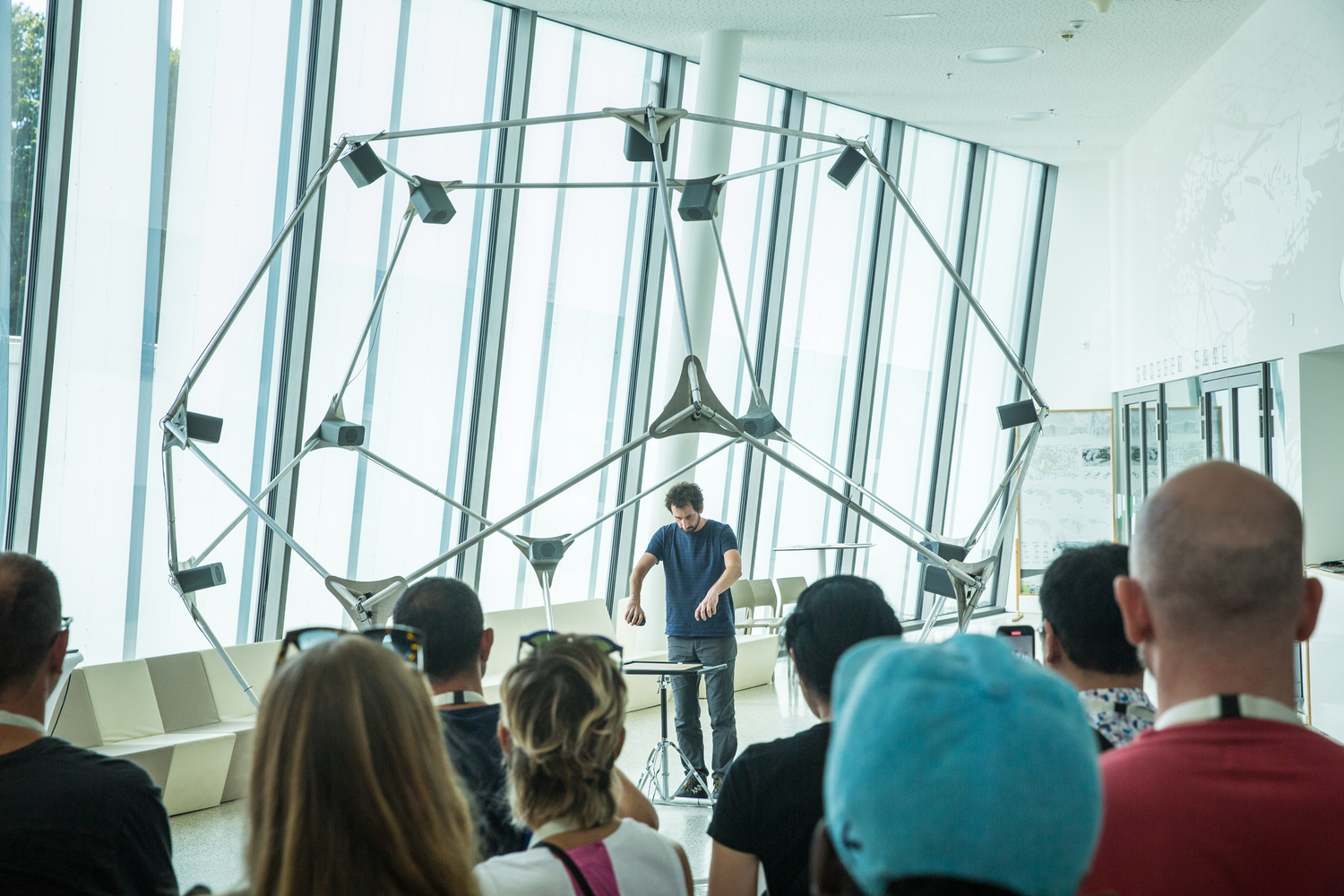
Ars Electronica 2024
Anton Bruckner University
Linz (AU)
A practice-based research at the intersection between physical and latent space.
Thanks to the friends at Tamlab (Linz), I was able to practice with the Dodekaotto: a 20+1 speaker system in the form of a dodecahedron.
I explored it with my magnetic scores, working on two musical studies with the aim of observing how the internal representation of the AI models might find a correspondence in the outer world.
End of Empire
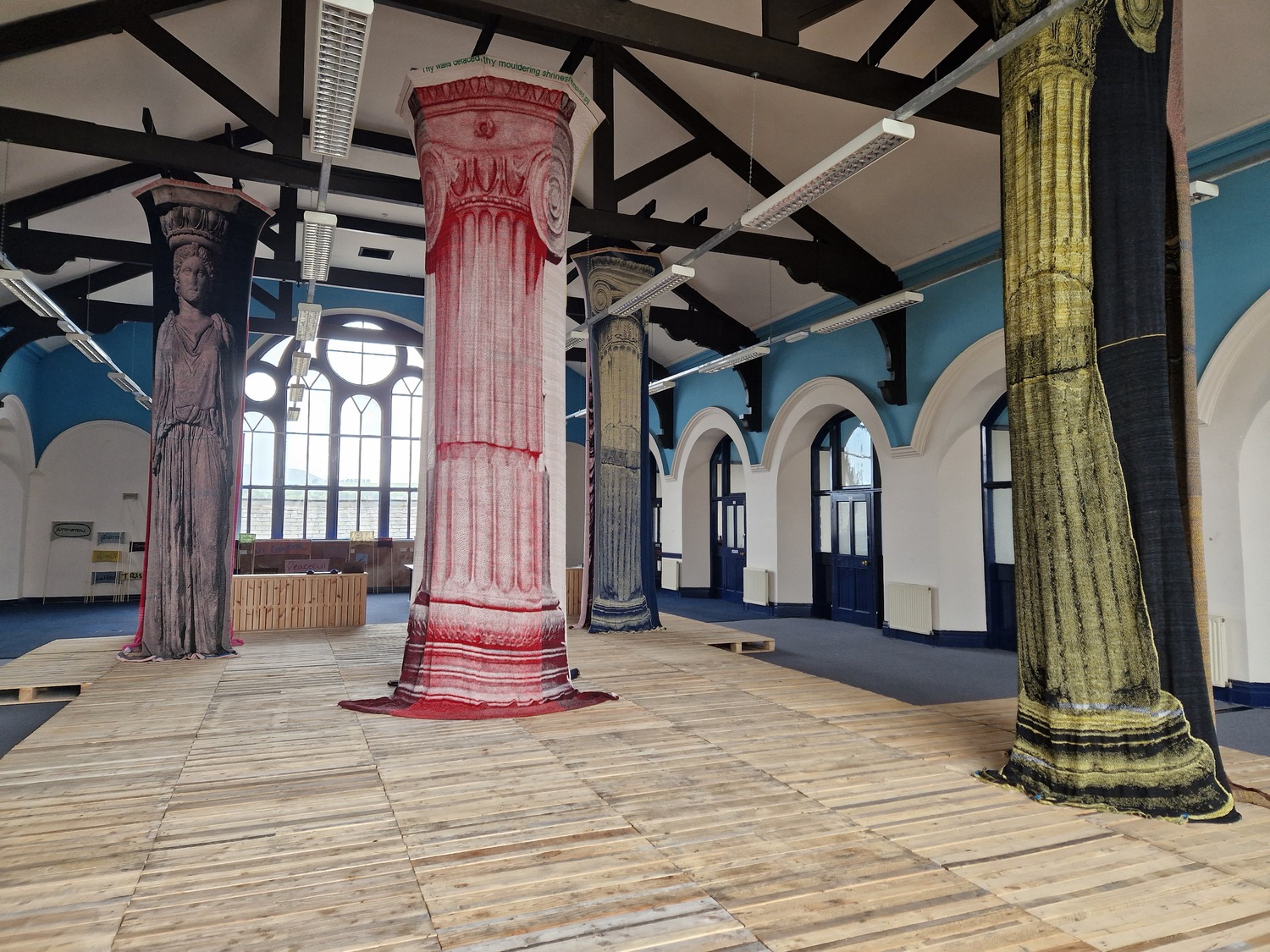
With Eva Sajovic
2024 UK Textile Biennial
Nelson, Manchester, (UK)
End of Empire is an interactive textile installation and large scale musical instrument developed in collaboration with Eva Sajovic for the British Textile Biennial.
It is a reflection upon (the remains of) colonial empires, capitalist exploitation, and the use of AI technology for community participation and integration.
End of Empire is the results of months of laboratories and sounwalks with member of the communities involved, and invites the viewers to actively participate in the making of the sounds by stepping inside the columns or touching the soft fabrics. In doing this, AI-generated sounds are activated.
Magnetic Scores
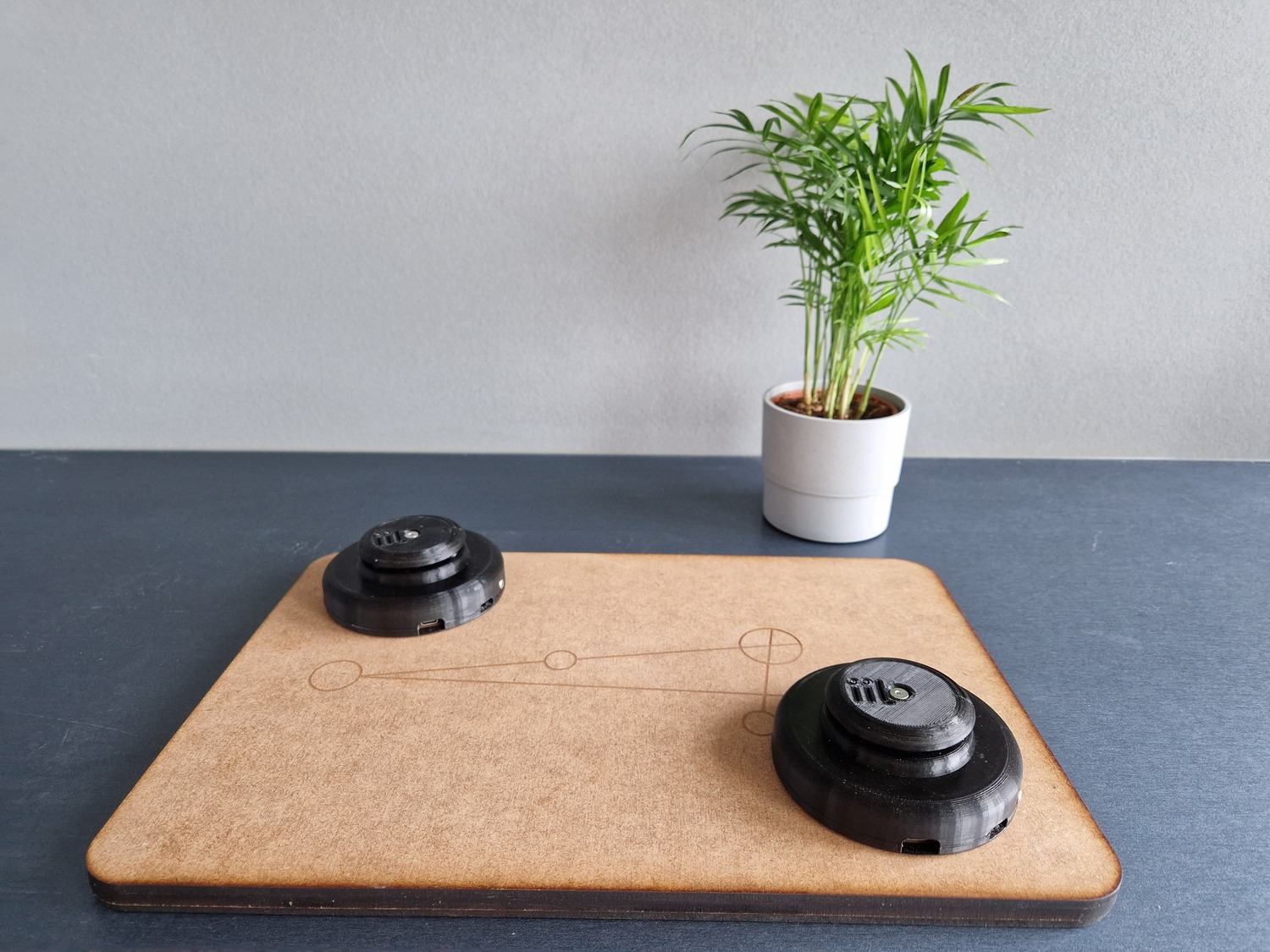
Presented at TENOR Conference 2023,
New England Conservatory,
Boston (USA)
Magnetic Scores combine visual inscriptions with magnetic ones, and can be both read and haptically experienced by the performer through via magnetic interactions.
Scramble
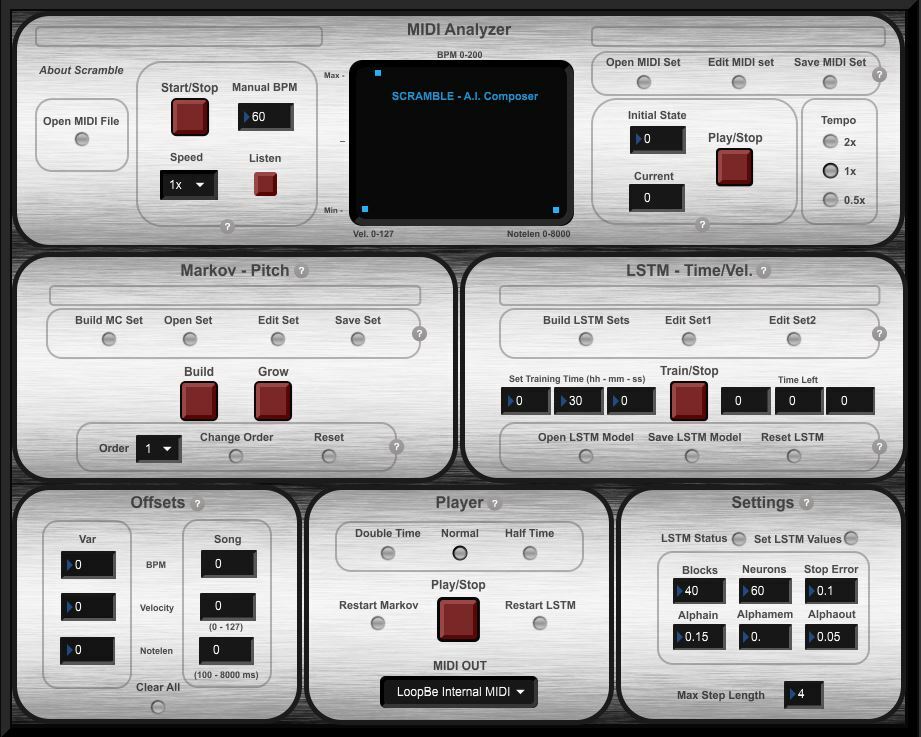
Scramble is a ML software for the real-time generation of music from MIDI combining LSTM Networks and Markov Chains. The NN at the heart of this tool can be trained directly by the user from the GUI, and controls dynamics, note lengths, tempo and rhythm. The MC instead generates pitch patterns feeding into the NN.
Scramble Live
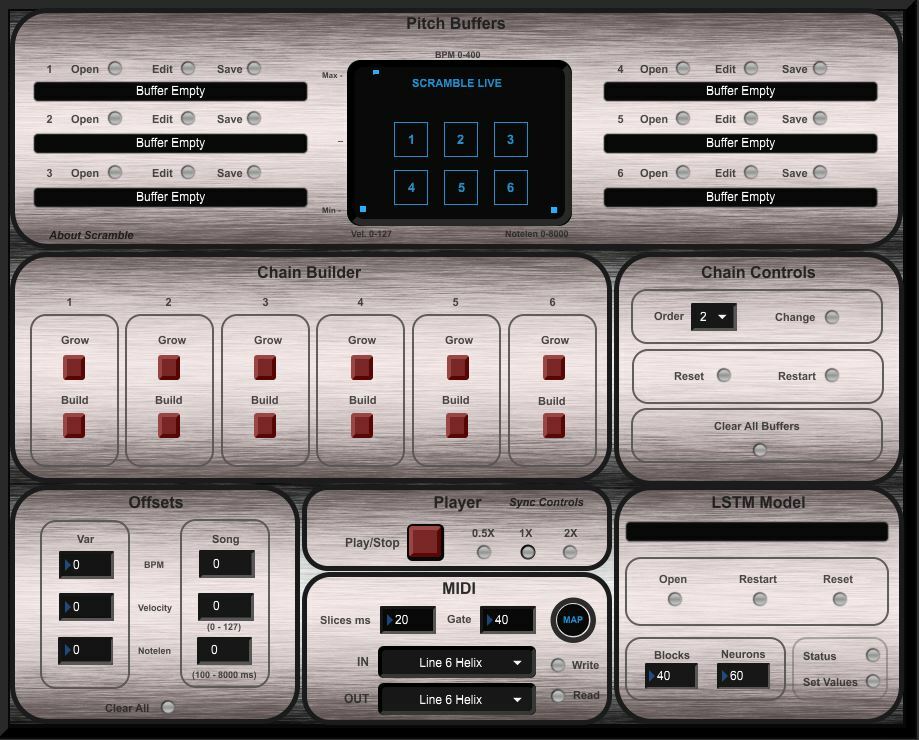
MidiSense
A project developed with Stafanos Skialivas for composer and artist Maria Arnal. Five portable wifi controllers designed for ergonomicity, scalability and modularity, and one MidiApp to easily interface them with any DAW.
Knitworks/Plantascapes
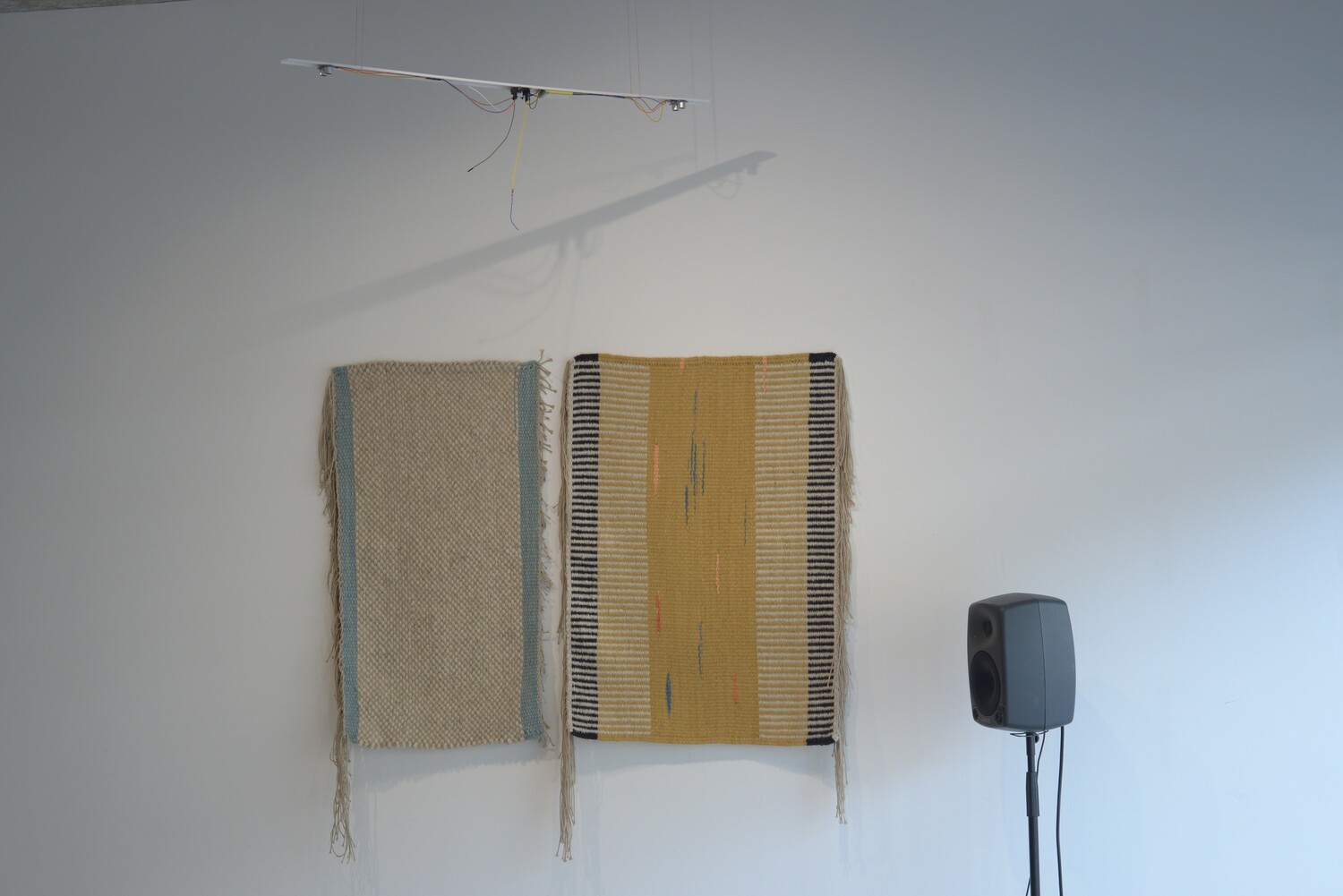
Interactive sound installation that augments textiles with touch and movement sensors triggered by the interaction with the viewers.
Johann Sperger through Time and Bass
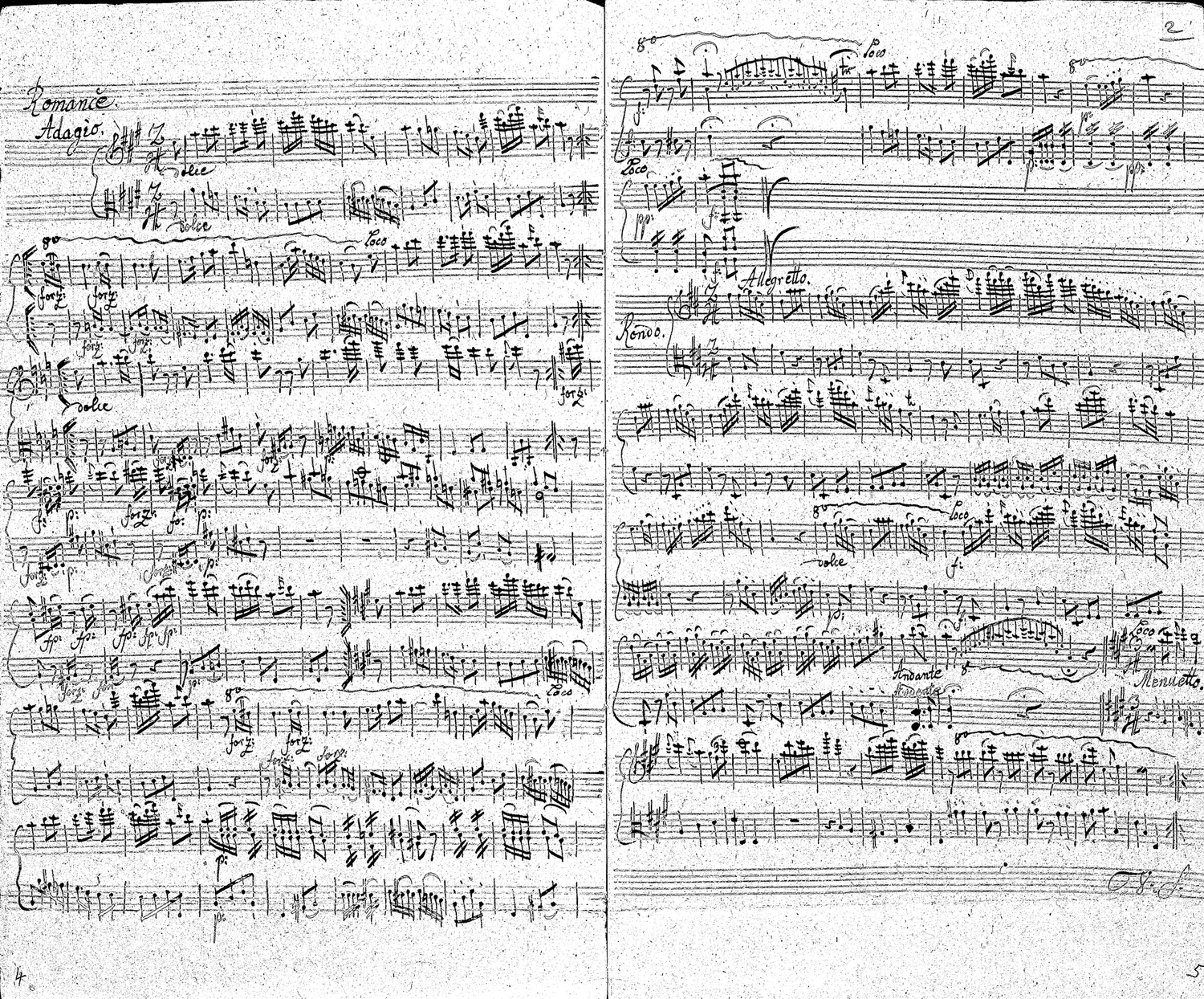
With BYOV: Darija Andzakovic and Natalia Duarte
Presented at AIMC, Conference on Artificial Intelligence and Music Creativity
Brighton (UK)
2023
Johann Sperger (1750-1812) was a composer and contrabass virtuoso that thoroughly explored the technical and expressive boundaries of the instrument. Sperger worked on his Sonata for Contrabass and Viola (1789) while travelling from Trieste to Venice, as he states in the manuscript.
We retraced this route and recorded the soundscapes we encountered. We used these sounds, as well as our performative gestures, to train and navigate a RAVE model, with the aim of exploring, through a historically-informed approach, the relationship between past and present musical technologies.
Contingent Snapshot
With Wolgang Dorninger,
Contingent snapshot,
Linz (AU)
2023
A fortunate performance duo with Wolfgang Dorninger, recorded in Linz and broadcasted as part of an 8-hour music marathon organised by Francesco Zedde and Eugenia Seriakov.
Notochord Arcs and Scrambled Signals
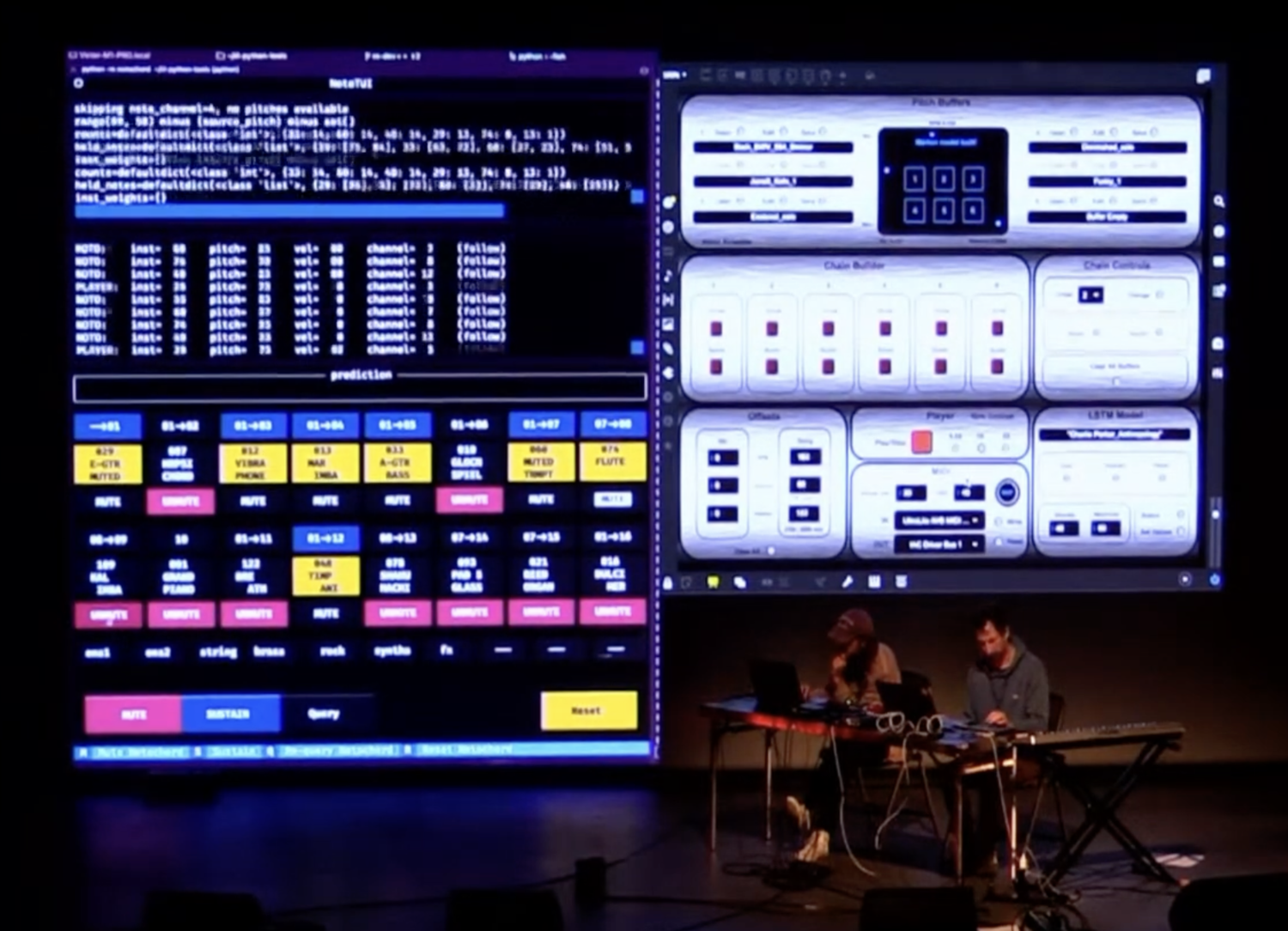
With Victor Shepardson
Brighton (UK)
2023
Notochord and Scramble are two generative MIDI models of our creation. Notochord has eaten all the MIDI files on the internet, while Scramble digests and regurgitates individual MIDI files and sampled snippets. In this performance we wrangle Notochord and Scramble, struggling to make sense from their infinite capacities for nonsense. Notochord extrudes big slabs of quasi-music which are filtered and refined by Scramble before being re-harmonized by Notochord, ad nauseum. We human operators, with very little control on the system, frantically push buttons and twiddle knobs, as our wayward creations attempt to submerge us with their "eighties" vibes made of of odd, glistening General MIDI sounds.
O_o
NICOLA PRIVATO - O_o (2021)
Processing video...
Performance for AI, Disklavier, and human operator,
Padova (IT)
2022
O_o is both an emoticon that indicates a state of confusion and the name of a small, extinct Hawaiian bird. The recording of the singing from the last of its kind, in the vain attempt of finding a mate, has been processed and multiplied by an AI software.
Similarly to the Creature imagined by Mary Shelley, O_o looks for his own identity in his creator. Who's the creator though, when technology becomes an active, independent agent inside the creative process?
Emo
Emo
Processing video...
Emo is a graphic score controlled by an A.I. algorithm for emotion recognition.
It was developed for a workshop with oncologic patients organised by Altre Parole Foundation. The system analyses text, weights and represents each of the five basic emotions. This produces an ever-shifting graphic score.
W.E.I.R.D. Suite
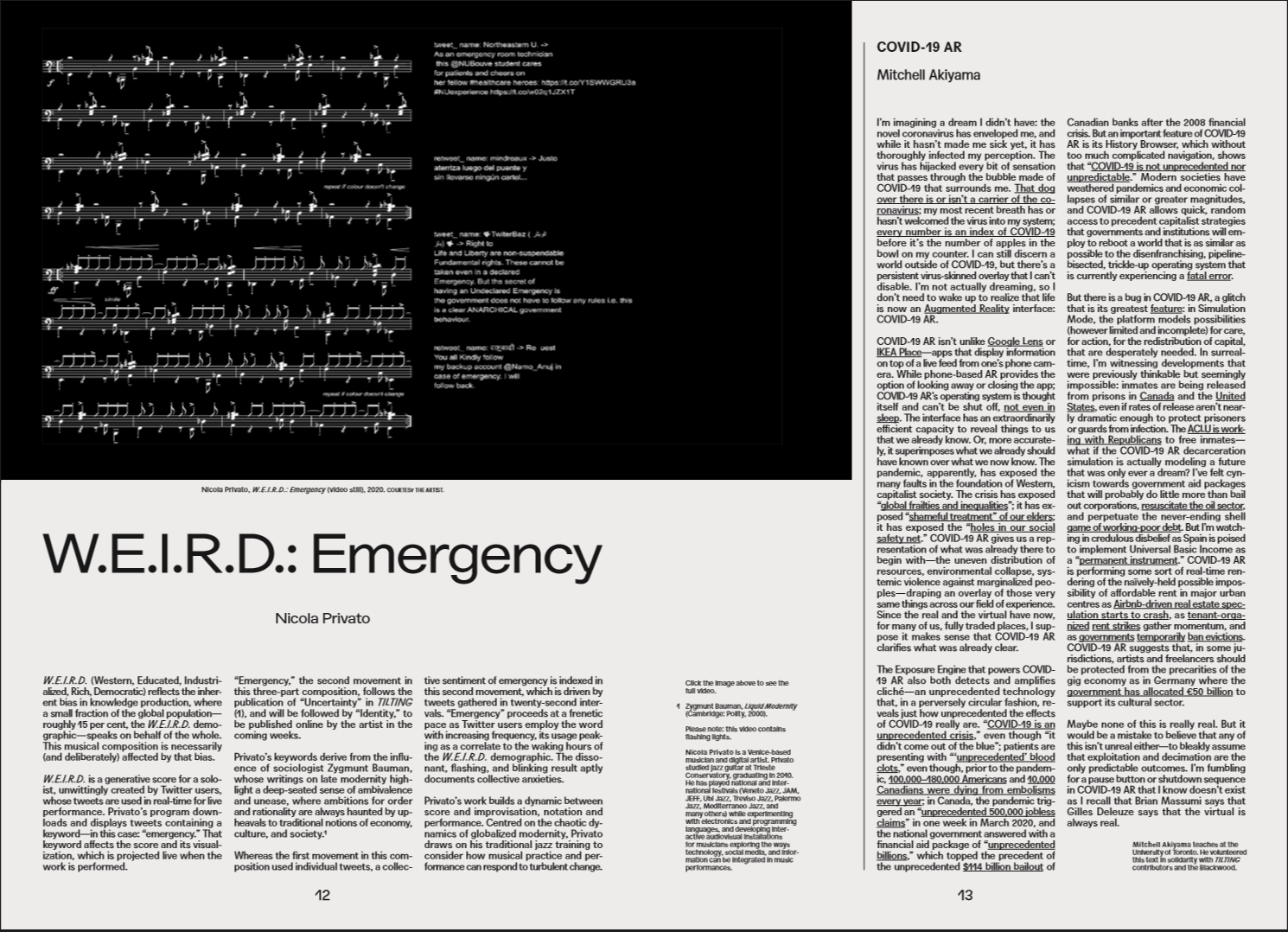
The acronym W.E.I.R.D. stands for Western-Educated-Industrialised-Rich-Democratic, indicating a representative bias of social sciences. This is a generative piece for piano and tweeter users, in which tweets containing a specific word are downloaded and visualised, and affect the generation of the notation.
1_Uncertainty
WEIRD 1 Uncertainty
Processing video...
Uncertainty is the keyword for the first of the three movements (followed by Emergency and Identity). The choice of the keywords is influenced by Zygmunt Bauman's writings around the concept of liquid modernity.
In Uncertainty, the score itself becomes uncertain, triggering the generation of the score, but at the same time preventing it from achieving a final form.
2_Emergency
WEIRD 2 Emergency
Processing video...
Emergency gives the title to the second movement. Here, the focus is on the number of tweets containing the keyword emergency.
3_Identity
WEIRD 3 Identity
Processing video...
Identity is the third and final movement. Here, the performer uses a specifically designed looper, overlapping the last four bars played. As a metaphor of how identity is developed, it combines intention, the compounding of chance, and feedback from society.
Treatise
LLM8 | Treatise
Processing video...
With Arazzi Laptop Ensemble
Sampl, Pase platform, Venice (IT)
2021
by Cornelius Cardew (1936-1981).
Performed by Arazzi Laptop Ensemble (P. Zavagna, L. Richelli, G. Klauer, N. Privato, N. Raccanelli, G. Dinello, J. Caneva, G. Sparano, J. Scordato). Pase Platform, Venice.
Peregrinazioni Veneziane
LLM8 | Peregrinazioni veneziane
Processing video...
For augmented trombone and Alife,
Sampl, Venice (IT)
2021
Spatialized Trombone and Electronics. Improvisation over a Venetian traditional song. Grains of sound are delayed, inverted and spatialized using 16 boids (cellular automata simulating birds) controlled with an accelerometer mounted on the trombone.
Grandi Navi
LLM8 | Grandi navi
Processing video...
Live electronics and trombone
Sampl, Venice (IT)
2021
Improvisation with Alberto Novello, Alessandro Gambato, Mattia Pizzato. Julian Scordato, sound projection. Pase Platform, Venice. trombone processed by Alessandro Gambato.
Touch
TOUCH Connected Music Performance
Processing video...
Online artistic residency promoted by Peoplesbureau (UK) during the Covid pandemic, as a way of developing a collective artistic experience in times of social isolation.
Sound events are triggered by real-time tweets containing three words: "touch, free, fear". The order of appearance of the words is based on the occurrence of the tweets and creates ambiguous and sometimes opposed meaning (fear touch, touch fear, free touch, touch free, free fear, fear free..)
